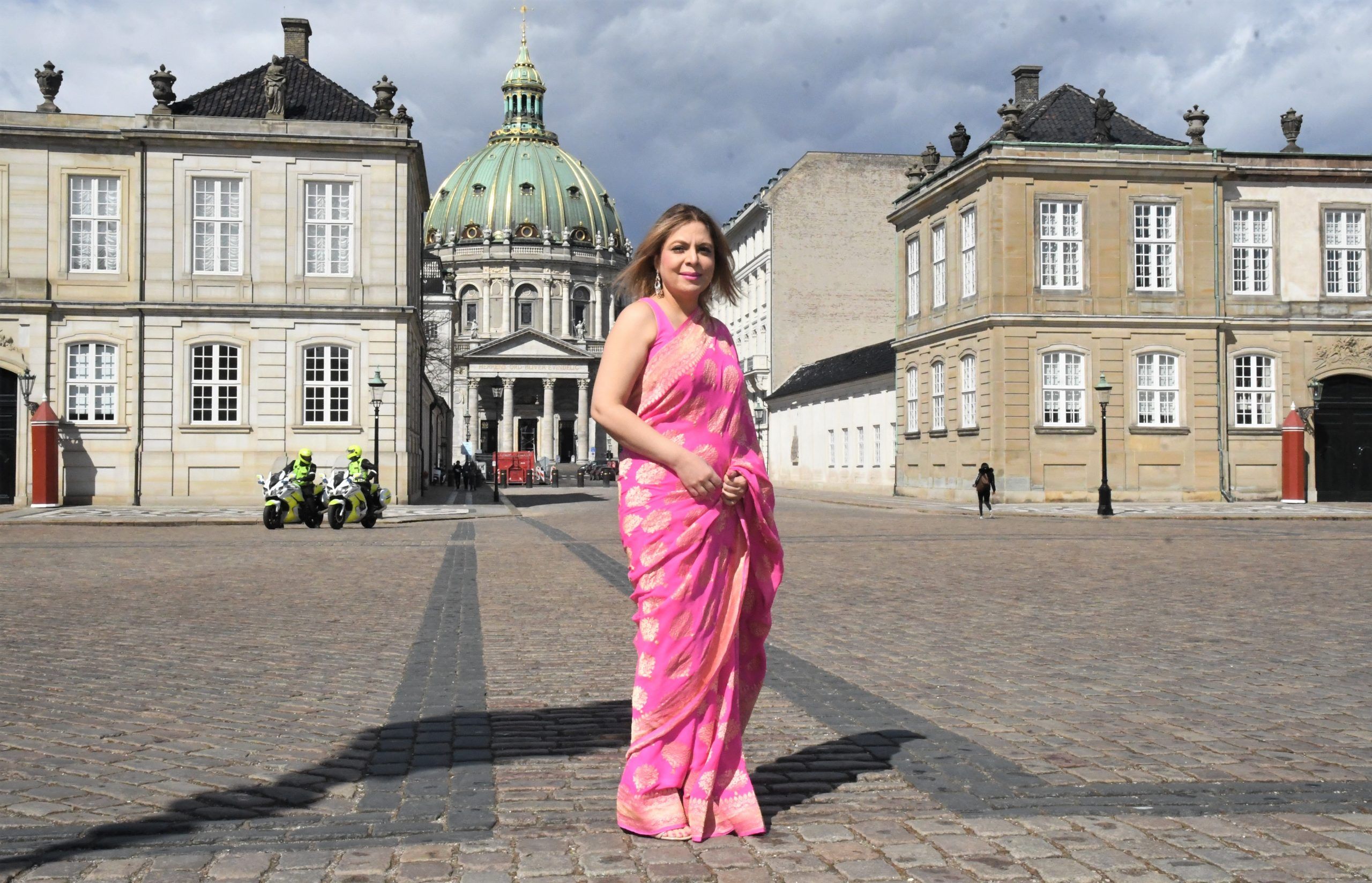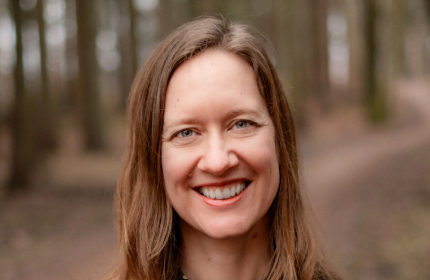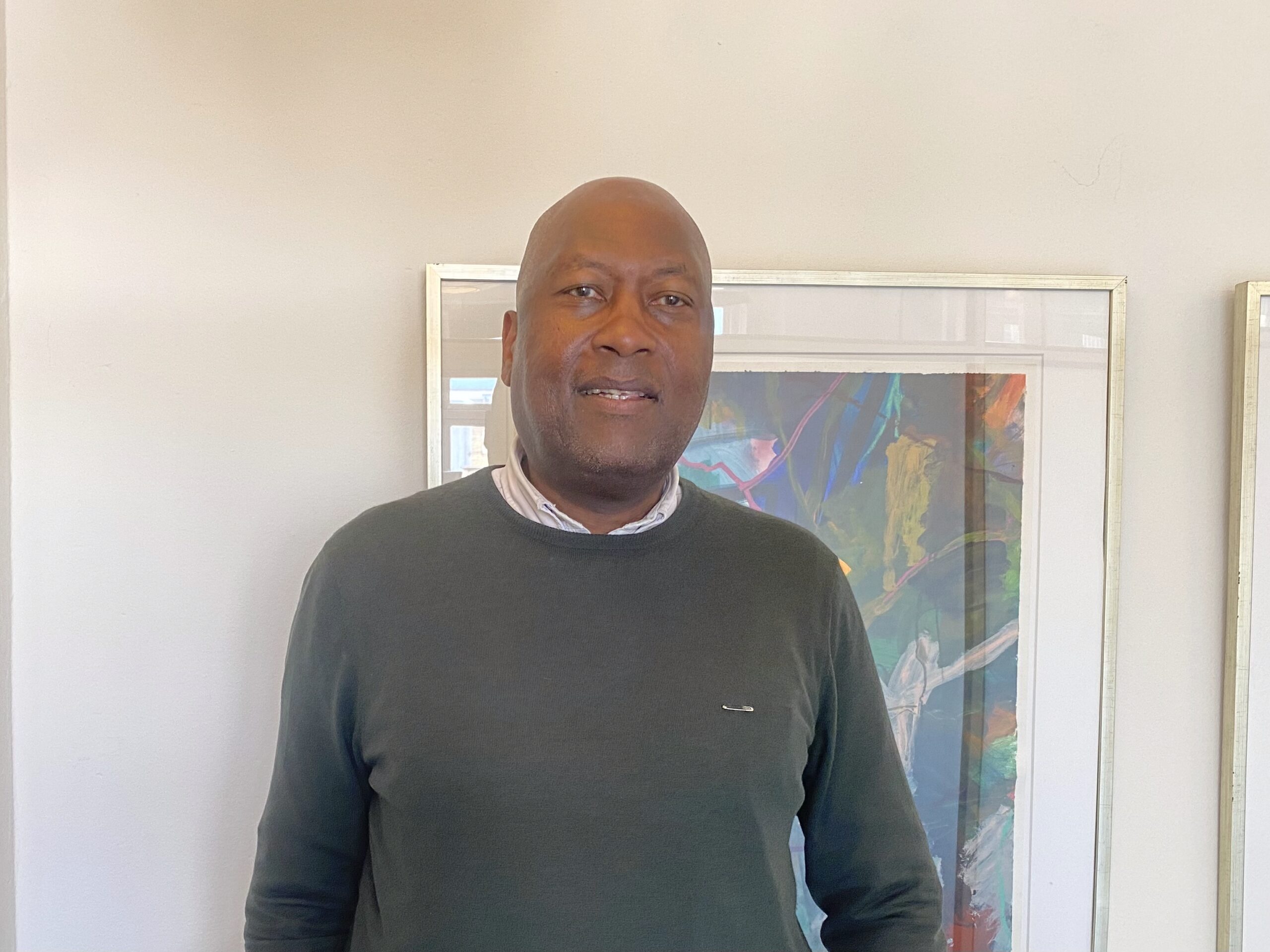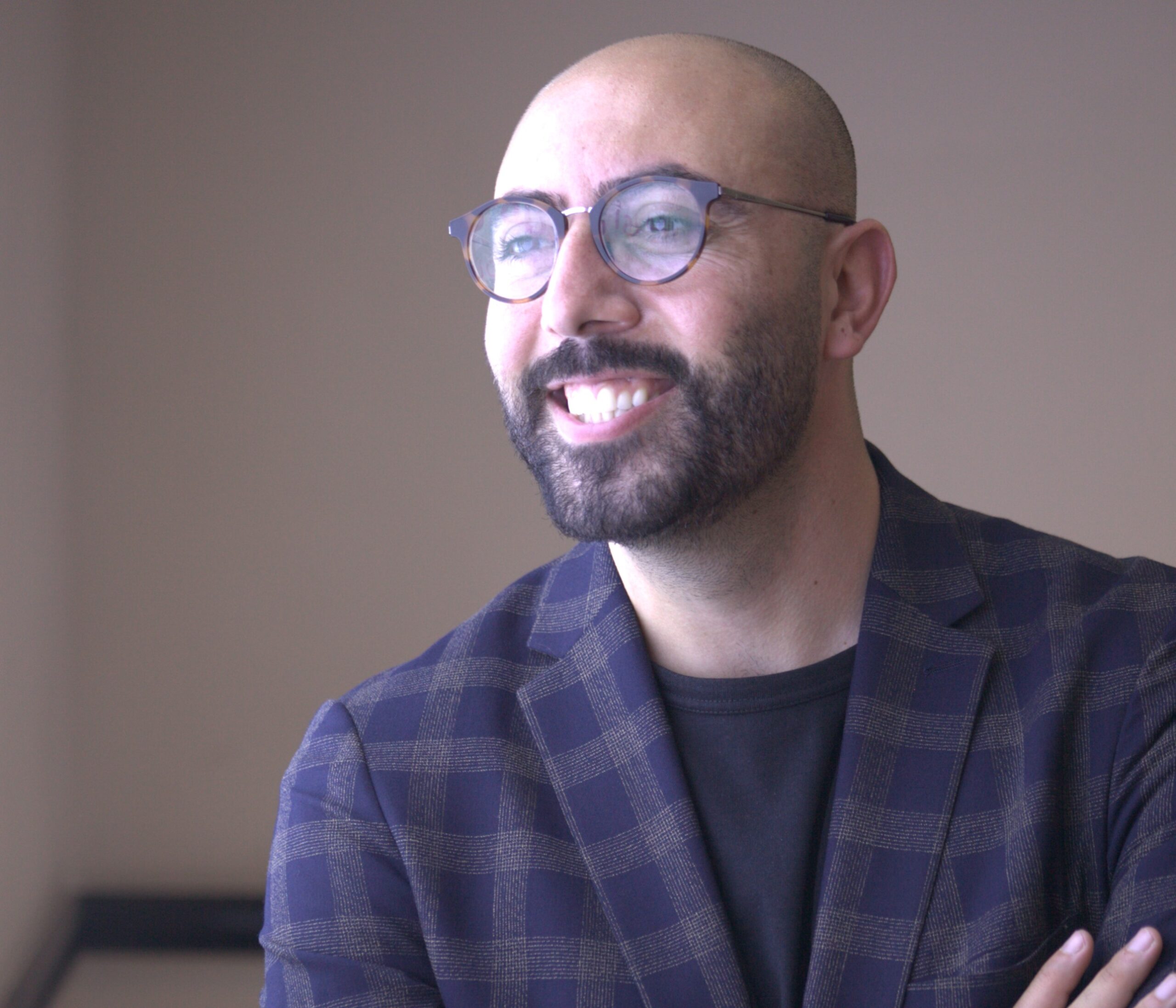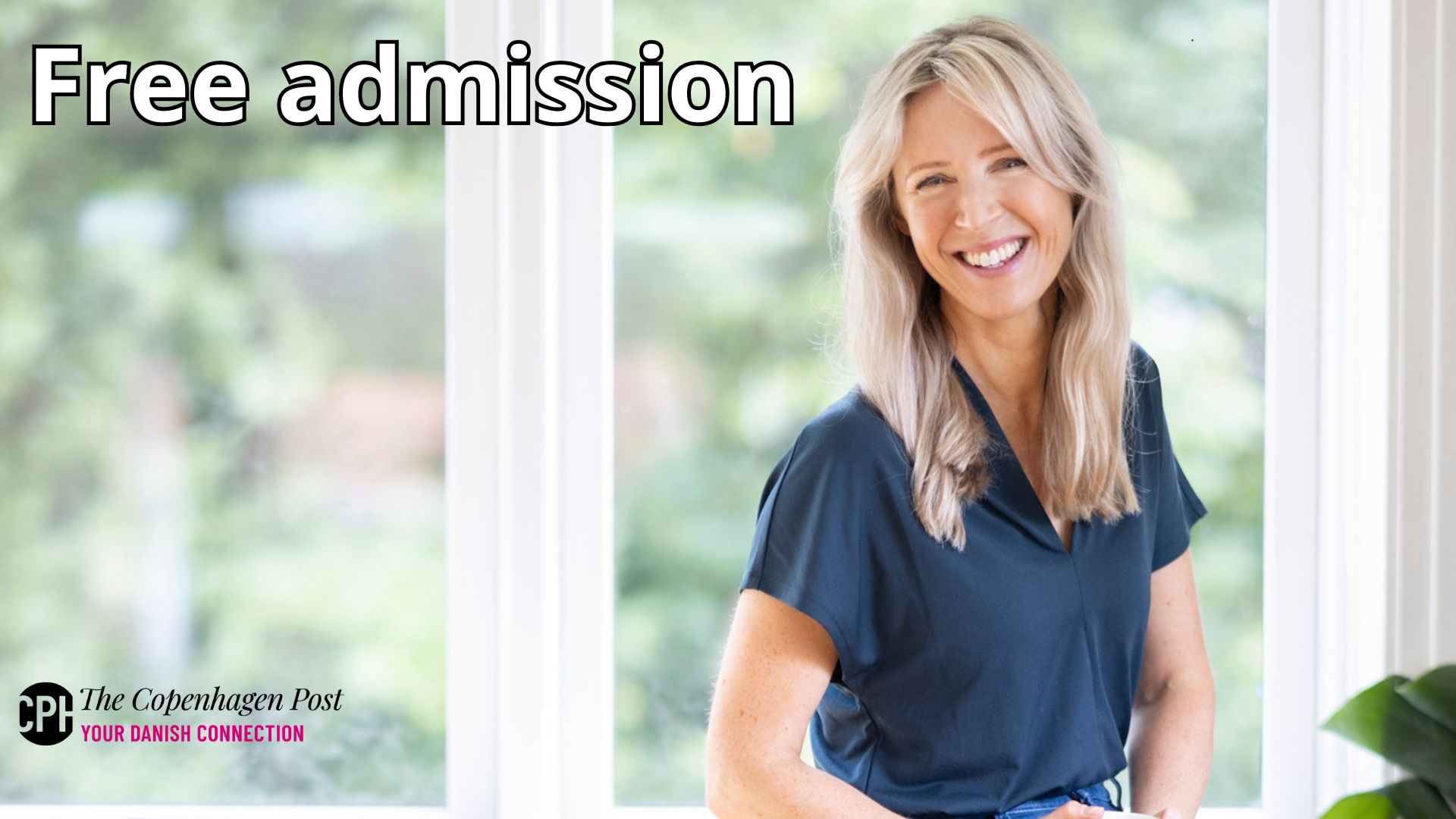
When Pooja Kapur, the Indian ambassador to Denmark, assumed her duties in March 2021, she would have been forgiven for thinking her stint in charge would be easier than her first leadership of a mission in Bulgaria. After all, corona restrictions were beginning to ease!
But life in Denmark has been anything but – to say it’s been a baptism of fire would be an understatement!
In her first 14 months, she oversaw two Prime Ministerial visits – firstly Danish PM Mette Frederiksen to India in October 2021, and then Indian PM Narendra Modi to Denmark in May 2022 – along with several other ministerial visits.
All the while there has been the Green Strategic Partnership to consider, which since its announcement in September 2020, has been evolving exponentially.
Huge transformation ahead
Ambassador Kapur has been extremely busy, but in early August she found time in her schedule to sit down with CPH POST to discuss the potential impact of the agreement, along with the undeniable impact India has been having on the international landscape – most notably in the area of green energy.
History is watching as India embarks on the most ambitious of transformations, with Denmark firmly wedged to its side.
These are exciting times, and Ambassador Kapur was kind enough to yield some insights into how the partnership looks from the Indian side. It’s not fanciful, she confirms, to conclude that Denmark could end up being a huge beneficiary.
But the biggest beneficiary, given the sheer scale of the country of India, will be the world itself.
Ambassador, India is celebrating its 75th anniversary, or at least the 75th anniversary of its independence. But it’s a far older country than that. Does the media sometimes forget that?
Yes, India is a new country but an old civilization. Its story goes back 5,500 years, yet history books often gloss over the Bronze Age Harappan civilization that flourished in the Indus Valley, dating back to 3300 BC. It was renowned for its urbanisation and evolved forms of art and trading – with the likes of Mesopotamia and Ancient Egypt. The contributions of ancient India were pathbreaking. It was the cradle of learning. The world’s first university was established there in 700 BC, drawing 10,500 students from across the world. It was not surpassed until the emergence of the University of Nalanda again in India, in the fourth century BC. Ancient India was also the birthplace of mathematics – the number system you know today is actually Indian numerals brought to the West by Arab traders.
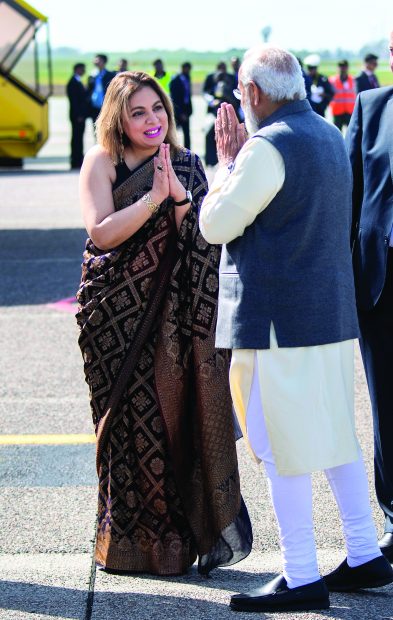
And the numbers still stack up well today.
Yes, we’re the seventh largest country in the world by size, third largest economy in PPP terms, second most populous, soon to be most populous, the birthplace of at least three world religions – Hinduism, Buddhism, Sikhism – and the only country to have an ocean named after it (Indian Ocean), which tells you something about India’s historical influence and significance. Today we have the world’s largest and, I would like to say, most vibrant democracy. We have a free press, rule of law and an independent judiciary, as well as a savvy electorate who know exactly what they want. We attract a lot of FDI [see pages 12-13] and, at the same time, Indian companies are increasingly important investors abroad.
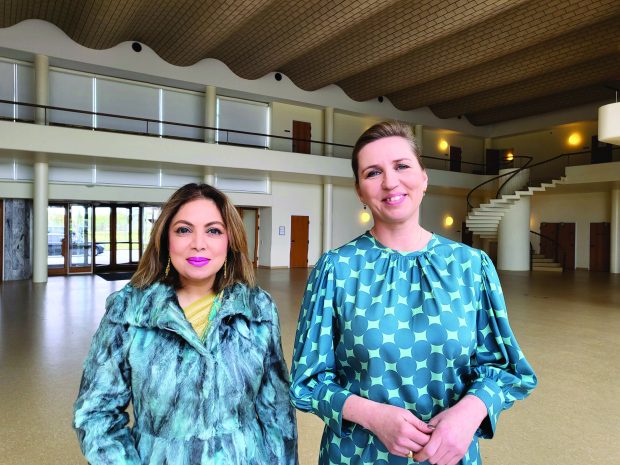
How would you account for India’s rapid economic transformation since its independence?
At the dawn of the Modern age, India accounted for about a quarter of global GDP. Christopher Columbus stumbled upon the Americas while looking for a sea route to India. He died thinking he had discovered it – hence the name West Indies. However, by the time India attained independence in 1947, its share was barely 3 percent with a growth rate of 0.01 percent.
Fast-forward to the present, we are the fastest growing big economy in the world: 7.5 percent is the expectation this year according to the IMF & World Bank. So how have we developed so rapidly: well, our primarily agricultural society more or less leapfrogged straight into the digital age. That’s not to say we don’t have robust industry – we are the world’s sixth largest manufacturer and still a very important agricultural producer. Today, the Indian economy is primarily services-driven, with IT leading the way. We’re the world’s largest outsourcing destination for the IT industry, accounting for 67 percent of this 125 billion US dollar market. We’ve also moved up the value chain and are now a very important R&D hub, the third largest hotspot for technology businesses, the third largest FinTech hub, and the third largest startup hub – we produce one unicorn every eight days!
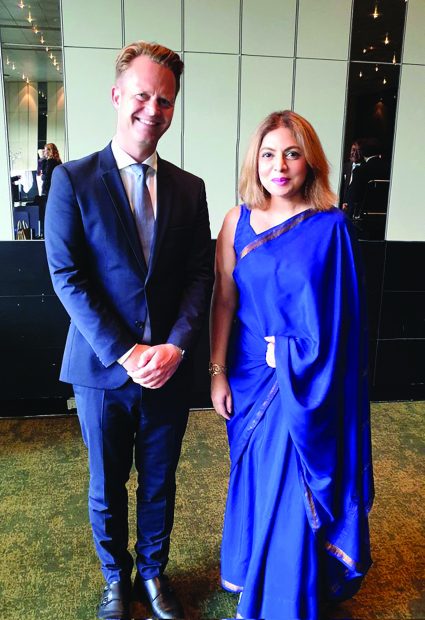
And you’re also in the space race?
We’re an acknowledged space power, launching satellites for many developed countries. We produce about 1.35 million engineers every year, several of who work abroad for IT giants and the likes of NASA. In India, there’s a focus on scientific and mathematical knowledge, which is important. We’re also the home of frugal innovation. We have sent a successful mission to Mars for less money than it cost to make the Hollywood film ‘Gravity’!

So presumably there has been a lot of reform to make this happen?
In the last few years, under the visionary leadership of Prime Minister Shri Narendra Modi, there have been massive reforms, aimed at transforming the polity, economy and society towards a more developed and inclusive 21st century vision. On the economic front, demonetization and having one federal VAT around the country were bold measures, and moving up every rubric of the Ease of Doing Business index has helped tremendously. Assisted by initiatives such as our unique biometric ID system, Aadhaar, the most evolved in the world, to which 1.2 billion citizens are signed up to. Meanwhile, the Jan-Dhan Yojana scheme ensures banking no longer eludes the poor – as many as 460 million were given their own accounts, and that has made it much easier to ensure aid money reaches the intended beneficiaries.
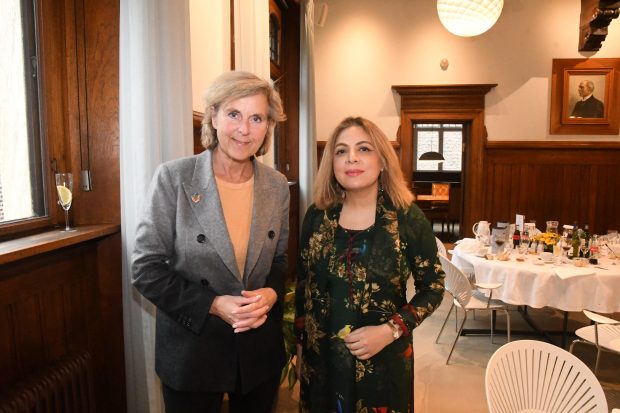
You mentioned the 3 Ds of democracy, demography, demand. Do they play a large role?
Absolutely. We are the world’s largest and most vibrant democracy with robust institutions and a truly democratic ethos. Demography-wise, India has the youngest average age in the world. Just 29 years. So that’s a massive workforce at a time when the world needs labour. At the same time, there is also the challenge to skill them adequately, not only for contemporary roles, but roles that are yet to be invented. Regarding demand, our economy is essentially driven by domestic demand. And because domestic demand is always so huge, this enables our companies to weather global crises.
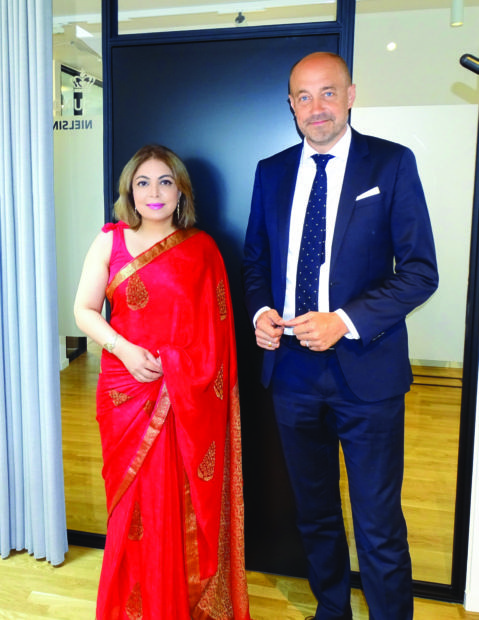
Does the scale of India ever feel overwhelming from a point of governance?
It’s not overwhelming to Indians because we’re used to it. I suppose when you come from a big city, you’re used to it. I recently went to Skagen where two seas meet, and our tour guide warned the group there would be a lot of people there. But to me, he said, well, maybe not that many, compared to India. And he was right! So no, it is not intimidating, but we know it’s a great responsibility.

A little like the Green Strategic Partnership agreed by Denmark and India, the importance of which was underlined by the official visit of Indian Prime Minister Shri Narendra Modi to Denmark in early May. Do you think it’s fair to say the partnership has huge economic potential for both countries?
For Danish companies, it is certainly a huge opportunity. Denmark sees itself as a green superpower and it does have excellent niche technologies. It also so happens that these fit in very well with India’s requirements – particularly in the areas of water efficiency, cleantech, waste to wealth, sustainable urbanisation, renewable energy, etc. So Danish companies certainly have the technologies we want, and I also think Danish companies have now learned how to do business in India. They operate with an Indian partner or in clusters, with governmental support on both sides. So yes, they have been punching above their weight and I see no reason why Denmark should not get a substantial share of what is on offer.

Prime Minister Modi has said that India has the scale and Denmark the skills, but don’t you think it’s inevitable soon that India will have the scale and the skills?
India has the scale as well as the skills and we are cooperating with Denmark to acquire even more skills and technologies for the green transition. There is a beautiful synergy between Denmark’s skills and technologies and India’s requirements in the sectors I mentioned earlier. It is interesting to note that Denmark also uses Indian skills. Did you know that in the last decade, virtually every highway and bridge built in Denmark has been designed in India? Companies such as Ramboll and COWI are in turn involved in some mega infrastructure projects in India like the Mumbai sea link, Navi Mumbai highway, and some of the country’s largest bridges, metros and airports, and like so many other Danish companies, have Research & Development operations in India.
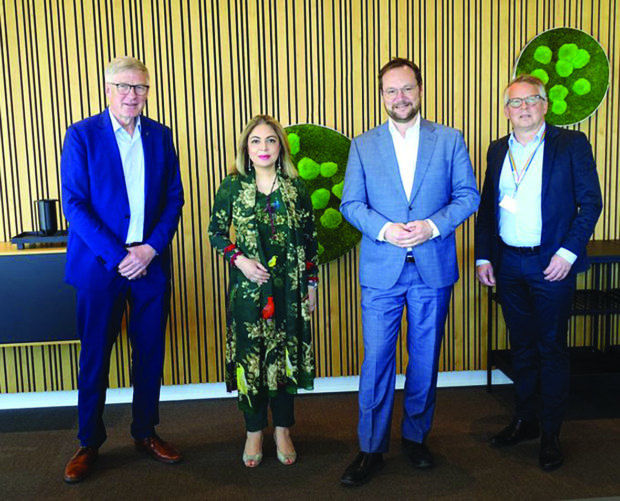
How big is this partnership going to be over the next two decades? In a way India’s interest in green energy recalls the US steel magnate Andrew Carnegie and how he massively upscaled production in the late 1800s in Pittsburgh, far surpassing output in Europe. Surely there’s this sense that the same might happen in India in terms of green energy?
Right now, we’re the only G20 country on track to meet its Paris commitments, which is all the more remarkable given that our development hasn’t peaked yet, whereas Europe and other developed countries have peaked. We’re on target to achieve non-fossil fuel energy capacity of 500 gigawatts by 2030, meet 50 percent of our energy requirements from renewable energy by 2030, reduce carbon emissions by a billion tonnes by 2030, reduce carbon intensity of our economy by more than 45 per cent by 2030 and achieve net zero by 2070, as per the historic ‘Panchamrit’ commitments announced by our Hon’ble Prime Minister at the COP-26 in Glasgow. These are massive commitments. Take the 50 percent of energy from renewable sources pledge and imagine the scale of 1.4 billion people in an economy growing at a rate of 7.5 percent annually – it’s quite mind-boggling!

Yes, that’s quite an energy bill. Switching lights for a second, can I ask what’s been your impression of Denmark and the Danes so far as ambassador?
It’s a fabulous country. And the Danes are great people. What I find particularly impressive is the enviable work life balance. Also that Danish people speak excellent English. It makes it easy to get things done. They are generally open-minded and business-oriented. Denmark is a country I’ve only just started to discover from a tourism perspective. I also hope to visit Greenland and the Faroe Islands soon. And I need to start biking!
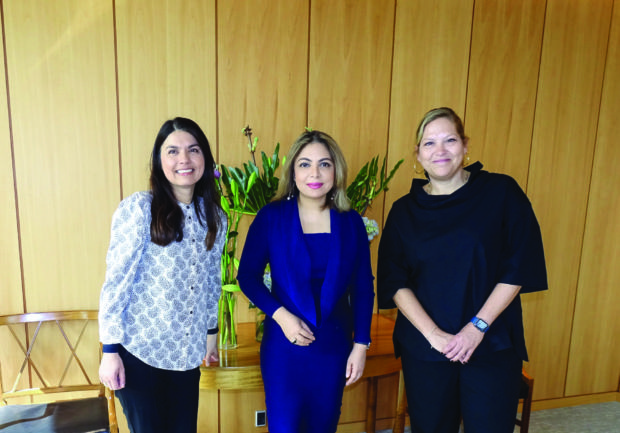
What impresses you culturally?
Well, Danish design, of course. I’ve been building quite a personal collection of Danish brands! I also find the culinary tourism exciting. How a country with a simple, traditional cuisine has been so creative and upscaled it to the extent that it regularly boasts having the best restaurant in the world and a large number of Michelin star restaurants is particularly impressive and worth emulating.

You’re number one for Yoga, though. The photographs of the International Day of Yoga in June were fantastic [see page 19] by the way. In my 10 years observing the diplomatic corps in this city, that was the best ever example of an Embassy infusing itself into the Danish fabric!
Thank you! I’m glad your readers liked them. We want to represent our country in a way that is interesting as well as accessible. Yoga is India’s gift to the world and also often jokingly, called India’s most popular export.
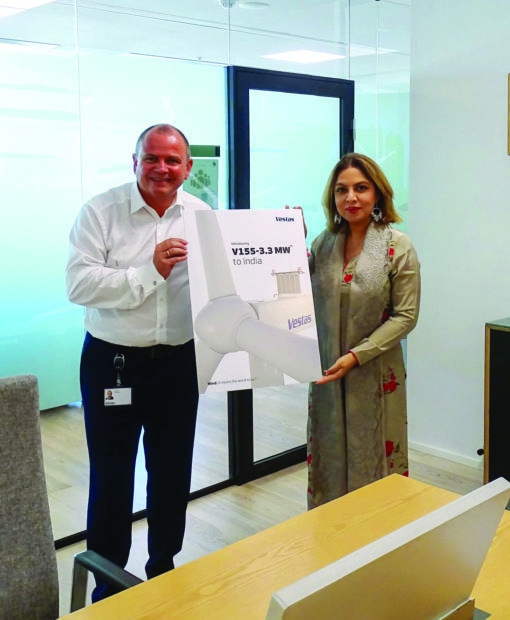
I know you have multiple degrees and from different prestigious universities, including Oxford and Ecole Nationale d’Administration, but are you self-taught in the way you promote India? Did you learn how to do that at university?
I went to three great universities and read subjects all related to my area of work: political science, public administration and diplomacy. But what you learn at university is rather different from diplomacy in practice! Nevertheless, studying in France and the U.K. yielded great insight into the Gallic and Anglo-Saxon ways of thinking and world-views, which have been enriching.
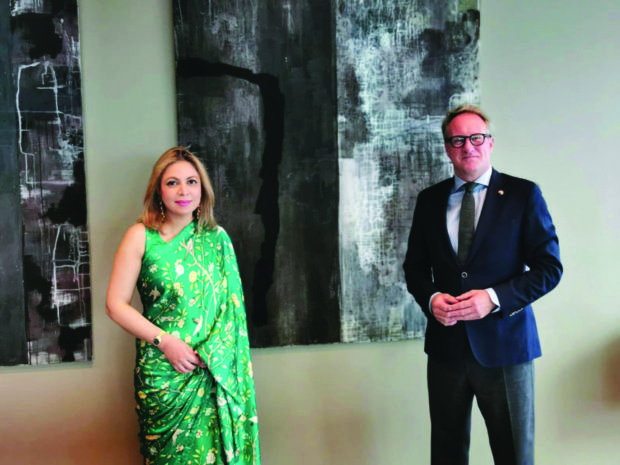
And they’re very different from the Indian mindset.
Quite. I remember being told by a Belgian gentleman who ran a museum in New York that none of the talks he enjoyed with great minds from top universities could rival the philosophical content of a conversation he once had with an Indian man he met in a third class train compartment with no formal education to his credit. I suppose being an old civilization makes a difference.
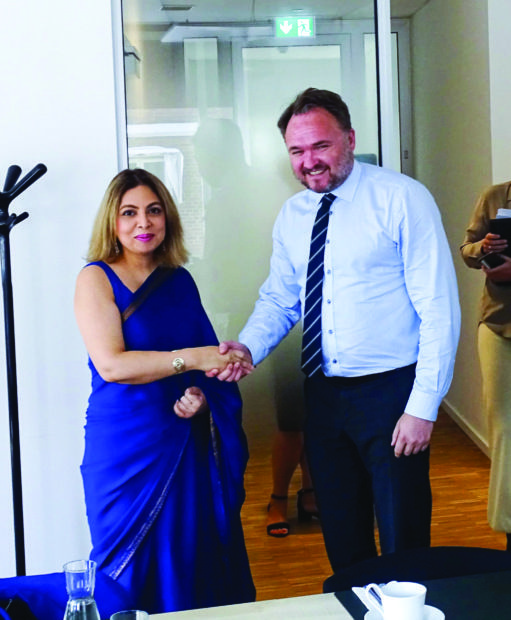
Tell me about the Indian diaspora.
We have a huge Indian diaspora of over 32 million people across the globe, of which approximately 17,500 live and work in Denmark. They constitute an important bridge in our relationship with Denmark and the countries they have chosen to make their home. In the 1960s, 70s and 80s, when graduates left India after studying at leading institutions, many bemoaned the so-called brain-drain, but in recent decades increasingly, the diaspora have been contributing very positively to India’s growth story. As the old saying goes: you can take an Indian out of India, but you can’t take India out of the Indian.
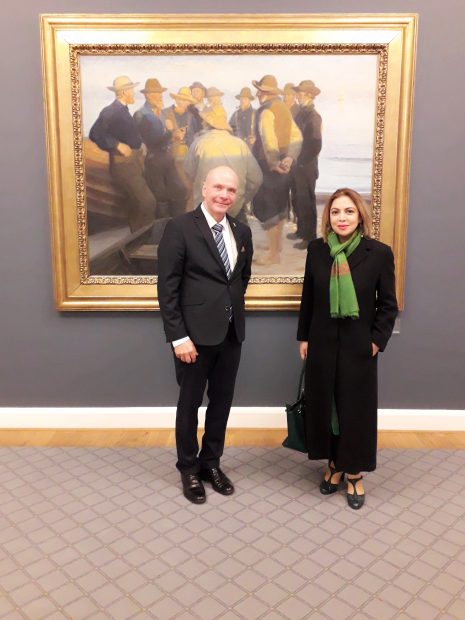
What is India’s biggest asset looking to the future?
Well, I think India will play an increasingly important role in the world because of its ‘soft power’: from the non-violence of Mahatma Gandhi, the humanism of Rabindranath Tagore, to Yoga and Ayurveda, our cuisine and culture, not to mention Bollywood movies. Like Joseph Nye once said: “In the information age, soft power wins.” Did you know that India has never once invaded another country, despite being a huge influence in the region around us? This, and the way we are so welcoming to foreigners, conjures up great love and respect for the country. We are a very diverse country – a multiverse of multiple worlds, but with an amazing ability to absorb, assimilate and maintain unity in diversity.

Far more diverse than Europe?
I suppose. I’ve served in various European locations, and I remember the Bulgarians telling me how different Scandinavia would be. But really, I find more commonality than differences.
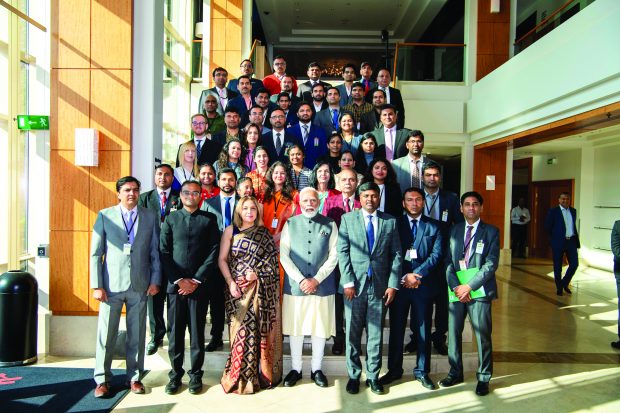
So India’s prospects look good?
Absolutely! More than good!


